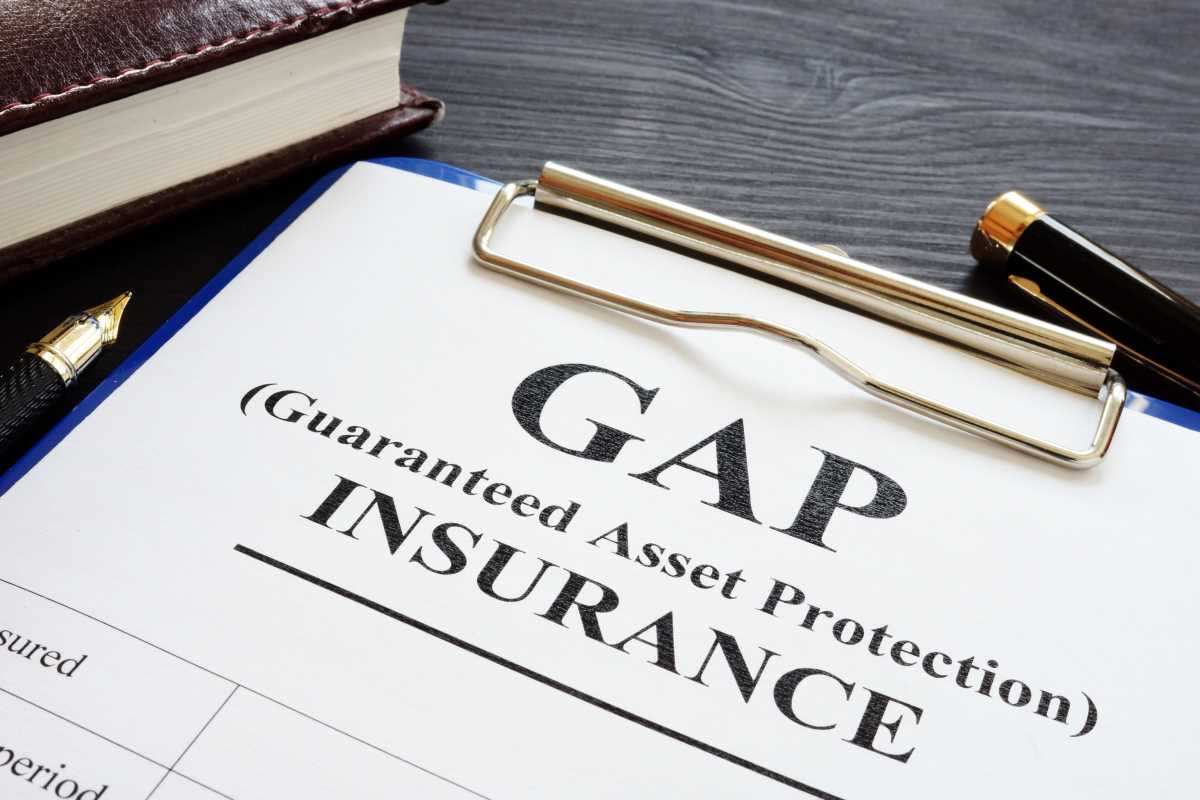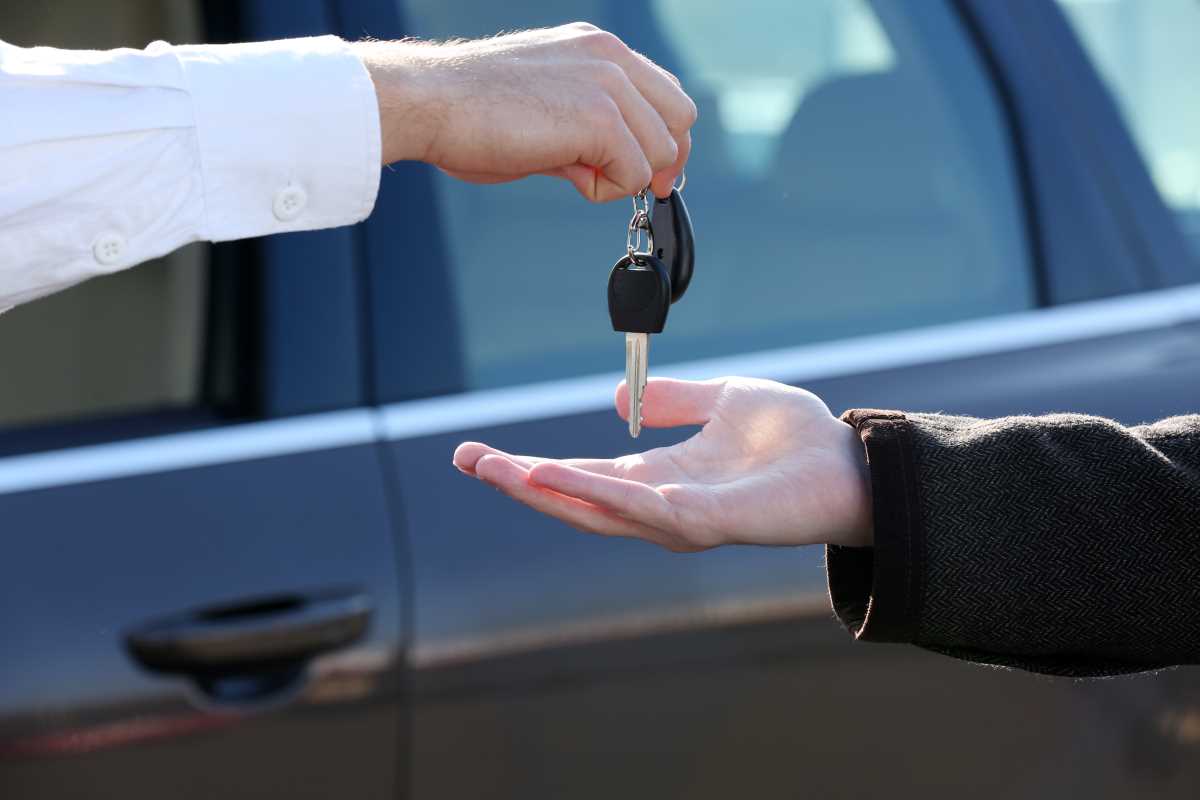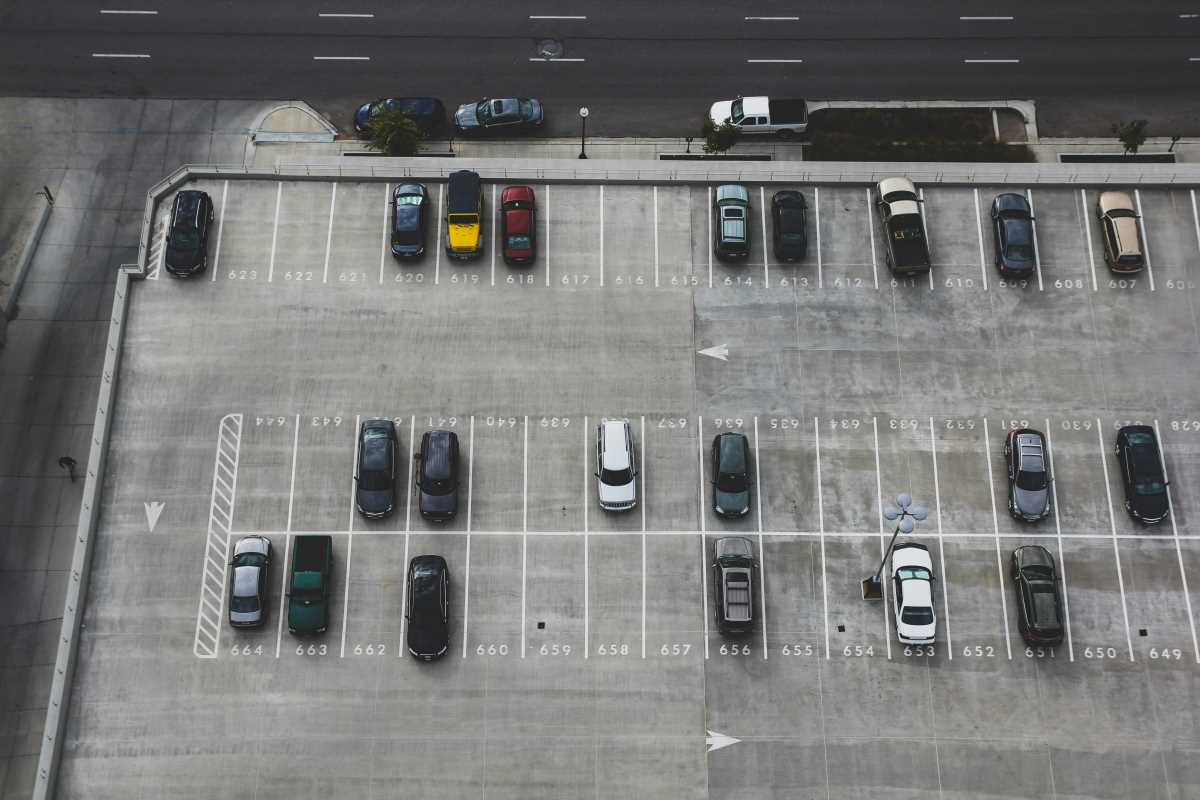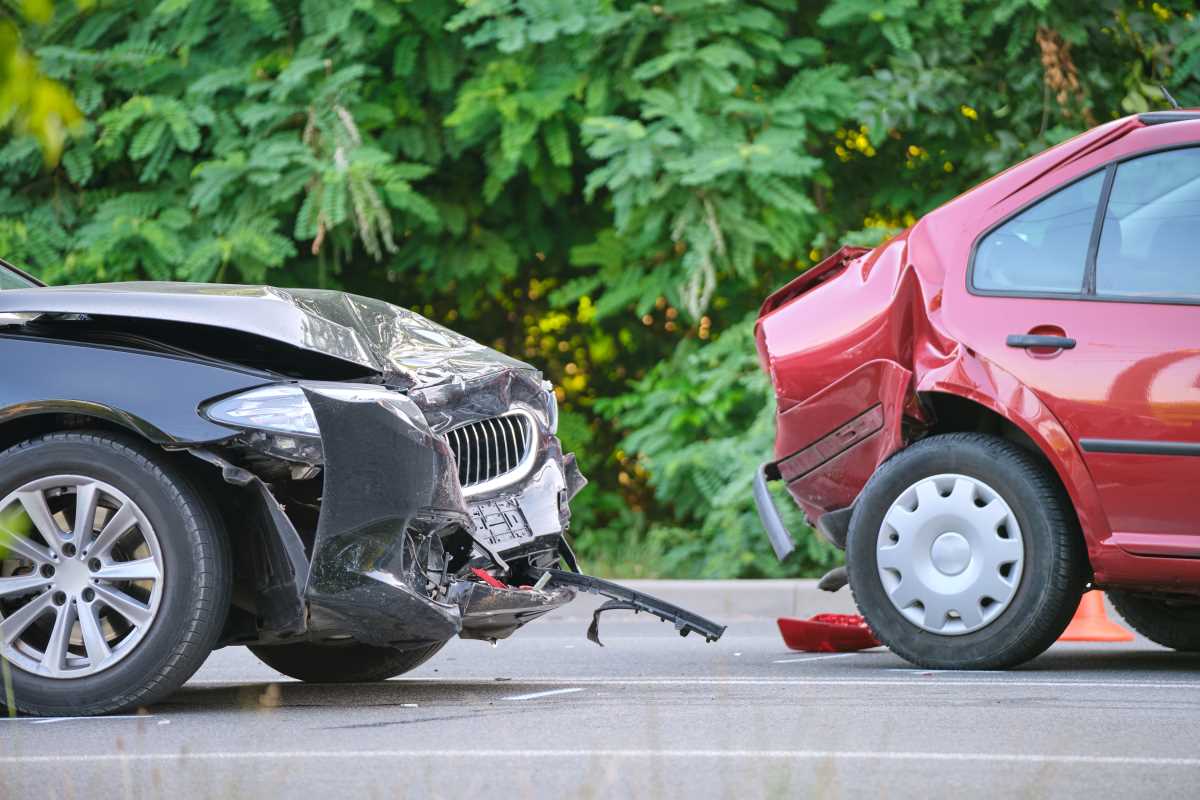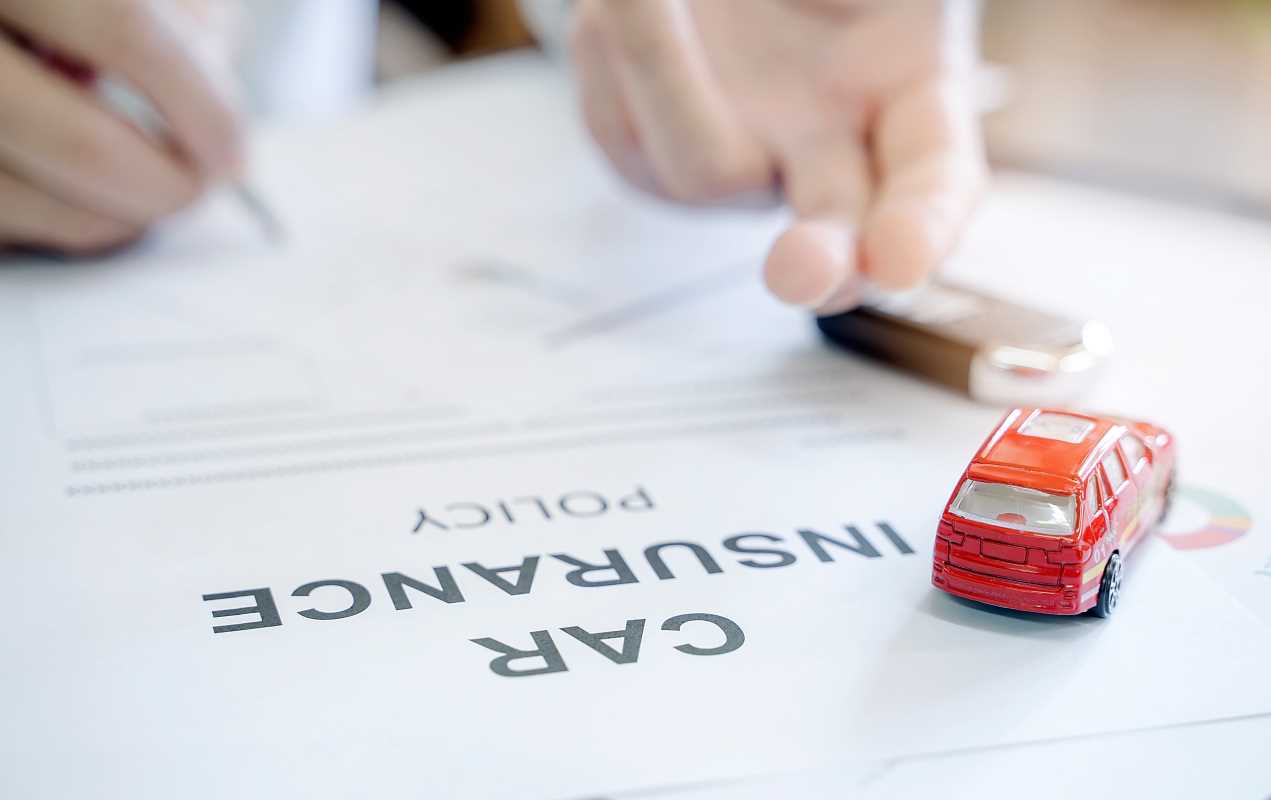Driving a brand-new car off the lot is an incredible feeling. The new-car smell, the pristine interior, the purr of an engine with zero miles—it's a major life moment. But there’s a financial reality that kicks in the second your tires hit the street: depreciation. Your shiny new car instantly starts losing value. This is where a potential problem can sneak up on you. If your car is stolen or declared a total loss in an accident, your standard auto insurance will only pay out its current market value, known as the actual cash value (ACV). The catch? That amount might be thousands of dollars less than what you still owe on your loan or lease. This difference is "the gap," and you're responsible for paying it. Luckily, there's a specific type of coverage designed for this exact scenario: gap insurance.
What Exactly is Gap Insurance?
Think of gap insurance, or Guaranteed Asset Protection, as a financial safety net for your car loan or lease. Its one and only job is to cover the difference between the actual cash value of your vehicle and the amount you still owe to your lender if your car is stolen or totaled. Let's imagine you buy a new car for $30,000. A year later, you get into an accident, and the car is a total loss. At that point, your car's ACV might only be $22,000 due to depreciation, but you could still owe $26,000 on your loan. Your collision coverage would pay you the $22,000, but you would still be on the hook for the remaining $4,000 loan balance for a car you can no longer drive. If you have gap insurance, it would step in and pay that $4,000 directly to your lender, saving you from a major financial headache.
Who Really Needs This Coverage?
Gap insurance isn't for everyone, but it's essential for certain situations. It's most valuable for people who are "upside down" or have "negative equity" in their vehicle, meaning they owe more than the car is worth. You should strongly consider it if you made a small down payment on your new car, typically less than 20 percent. It's also a smart move if you financed your vehicle for a long term, like 60 months or more, as you'll be paying down the principal more slowly while depreciation happens quickly. Drivers who roll negative equity from a previous car loan into their new one are also prime candidates. Finally, if you lease a vehicle, gap insurance is almost always a requirement built into your lease agreement because you never build equity in a leased car.
How It Works With Your Main Policy
It’s important to understand that gap insurance is not a standalone policy. It's an add-on that works alongside your comprehensive and collision coverage. You cannot buy gap insurance if you only carry liability insurance. In the event of a total loss, you first file a claim with your primary insurer. They will assess the damage or confirm the theft and determine your vehicle’s actual cash value. After they cut you a check for that amount (minus your deductible), you file a second claim with your gap insurance provider. You will need to provide them with the settlement information from your primary insurer and a statement from your lender showing your remaining loan balance. The gap provider then pays the difference.
Where to Buy Gap Insurance (and Save Money)
You typically have three options for purchasing gap insurance, and the price can vary significantly. The most common place people encounter it is at the car dealership's finance office when they are buying the car. While convenient, this is almost always the most expensive option, as the dealer often rolls the cost into your car loan, meaning you pay interest on it. A better option is to get it from your auto lender or credit union when you secure your loan. The best and usually cheapest option is to add it directly to your car insurance policy. Most major insurance carriers offer it as an endorsement for a very low cost, often just a few dollars per month.
Knowing When to Cancel Your Coverage
Gap insurance is not a "forever" policy. Its value disappears once you are no longer upside down on your loan. As you make payments over time, you will eventually reach a point where the amount you owe is less than the car's actual cash value. Once you have positive equity, you are no longer at risk of having a "gap," and you can cancel the coverage to save money. You can check your loan balance against your car's estimated value on sites like Kelley Blue Book or Edmunds. When you're ready to cancel, simply contact your provider. If you purchased it from the dealership and paid for it upfront, you may even be entitled to a prorated refund for the unused portion.
